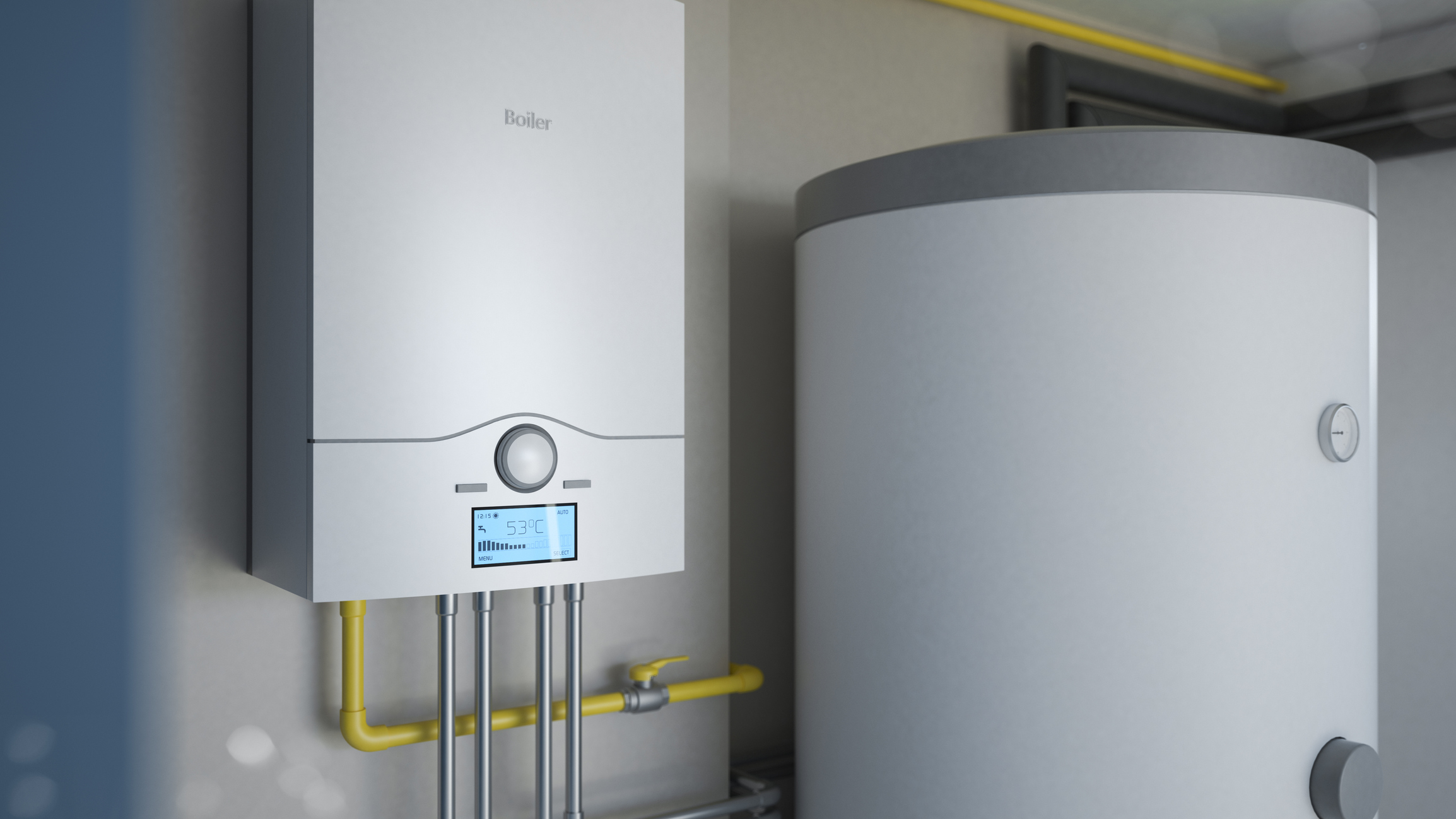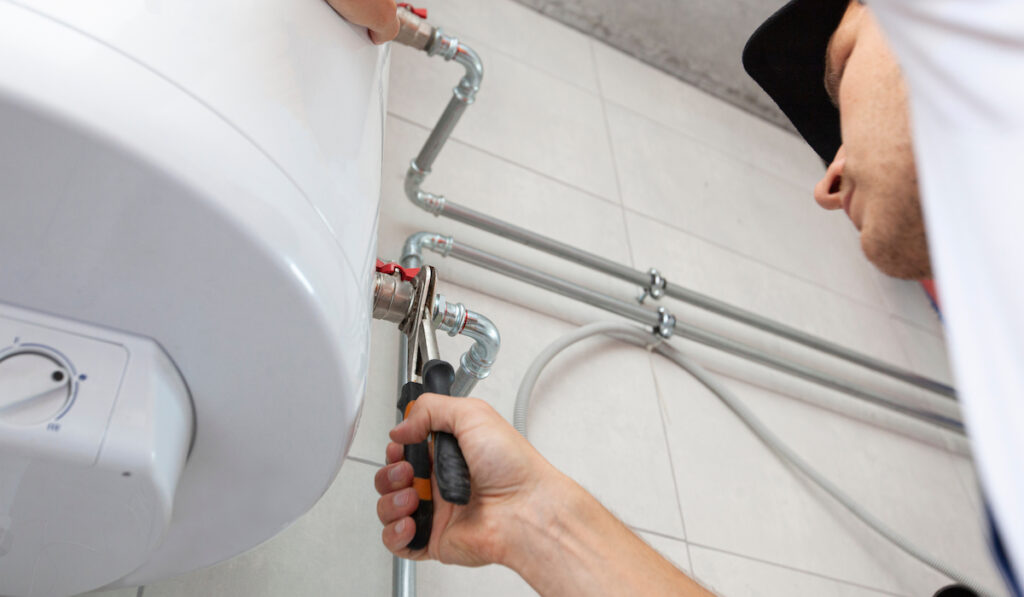Making Sure Durability of Your Home's Hot Water System: Care AdviceEnsuring Longevity of Your Home's Hot Water System: Care Advice
Making Sure Durability of Your Home's Hot Water System: Care AdviceEnsuring Longevity of Your Home's Hot Water System: Care Advice
Blog Article
Are you currently interested in information and facts concerning Tips For Maintaining Your Hot Water Heater?

Hot water is necessary for everyday convenience, whether it's for a revitalizing shower or washing recipes. To ensure your warm water system runs efficiently and lasts much longer, regular maintenance is vital. This article provides practical ideas and insights on exactly how to keep your home's hot water system to prevent disruptions and expensive repairs.
Intro
Maintaining your home's hot water system could seem overwhelming, but with a couple of straightforward actions, you can guarantee it operates efficiently for years to find. This guide covers whatever from recognizing your hot water system to DIY upkeep tips and understanding when to call professional assistance.
Importance of Preserving Your Warm Water System
Normal upkeep not just expands the life expectancy of your hot water system yet also ensures it runs successfully. Overlooking upkeep can lead to reduced effectiveness, greater power costs, and even premature failing of the system.
Indications Your Hot Water System Needs Upkeep
Recognizing when your warm water system needs attention can stop significant concerns. Look out for indications such as irregular water temperature level, weird noises from the heater, or rustic water.
Comprehending Your Warm Water System
Prior to diving into maintenance tasks, it's helpful to understand the basic components of your hot water system. Usually, this includes the hot water heater itself, pipelines, anode poles, and temperature level controls.
Month-to-month Upkeep Tasks
Normal month-to-month checks can assist capture minor problems before they escalate.
Flushing the Water Heater
Purging your hot water heater gets rid of debris accumulation, enhancing effectiveness and prolonging its life.
Checking and Replacing Anode Rods
Anode rods prevent deterioration inside the tank. Examining and replacing them when worn out is crucial.
Inspecting and Adjusting Temperature Settings
Adjusting the temperature level setups makes certain optimal performance and security.
DIY Tips for Maintenance
You can perform numerous maintenance tasks yourself to keep your warm water system in leading problem.
Looking for Leakages
Regularly inspect pipes and connections for leaks, as these can cause water damages and greater expenses.
Evaluating Pressure Alleviation Valves
Checking the stress safety valve guarantees it operates appropriately and protects against too much stress build-up.
Shielding Pipes
Protecting hot water pipes reduces heat loss and can conserve power.
When to Call a Specialist
While do it yourself upkeep is advantageous, some problems need expert knowledge.
Complex Issues Requiring Specialist Aid
Instances include major leaks, electrical troubles, or if your hot water heater is consistently underperforming.
Routine Specialist Upkeep Perks
Professional maintenance can consist of detailed assessments, tune-ups, and guaranteeing conformity with safety and security requirements.
Final thought
Regular upkeep of your home's hot water system is crucial for performance, durability, and price financial savings. By complying with these tips and recognizing when to look for expert help, you can make certain a trusted supply of hot water without unexpected disturbances.
How to Maintain an Instant Hot Water Heater
Before tinkering with your hot water heater, make sure that it’s not powered on. You also have to turn off the main circuit breaker and shut off the main gas line to prevent accidents. Also turn off the water valves connected to your unit to prevent water from flowing into and out of the appliance. 2. When you’re done, you have to detach the purge valves’ caps. These look like the letter “T” and are situated on either side of the water valves. Doing so will release any pressure that has accumulated inside the valves while at the same time avoid hot water from shooting out and burning your skin. 3. When the purge valves’ caps are removed, you have to connect your hosing lines to the valves. Your unit should have come with three hoses but if it didn’t, you can purchase these things from any hardware or home repair shops. You can also get them from retail stores that sell water heating systems. Read the user’s manual and follow it to complete this task properly. When the hosing lines are connected, open the purge port’s valves. 4. You should never use harsh chemical cleaners or solutions when cleaning your unit. Make use of white vinegar instead. It should be undiluted and you’ll probably use about 2 gallons. 5. Now flush your water heater. This task should probably take about 40 minutes. We can’t give you specific directions for this because the procedure is carried out depending on the type, model and brand of your heater. With that being said, refer to the user’s manual. 6. When you’re done draining the unit, you have to turn off the purge port valves again. Remove the hosing lines that you earlier installed on each of the water valves. Put the valve caps (purge port) back in their respective places and be very careful so as not to damage the rubber discs that are found inside these caps. 7. Now that everything’s back in place, check your user’s manual again to find out how to reactivate your water heating system. 8. Once it is working, turn one of your hot water faucets on just to let air pass through the heater’s water supply pipes. Leave the tap on until water flows smoothly out of it. https://www.orrplumbing.com/blog/2014/september/how-to-maintain-an-instant-hot-water-heater/

We had been brought to that report on Tips on Maintaining a Water Heater from an associate on a different site. Liked our article? Please share it. Let somebody else find it. We enjoy reading our article about Tips For Maintaining Your Hot Water Heater.
Hire A Pro Report this page